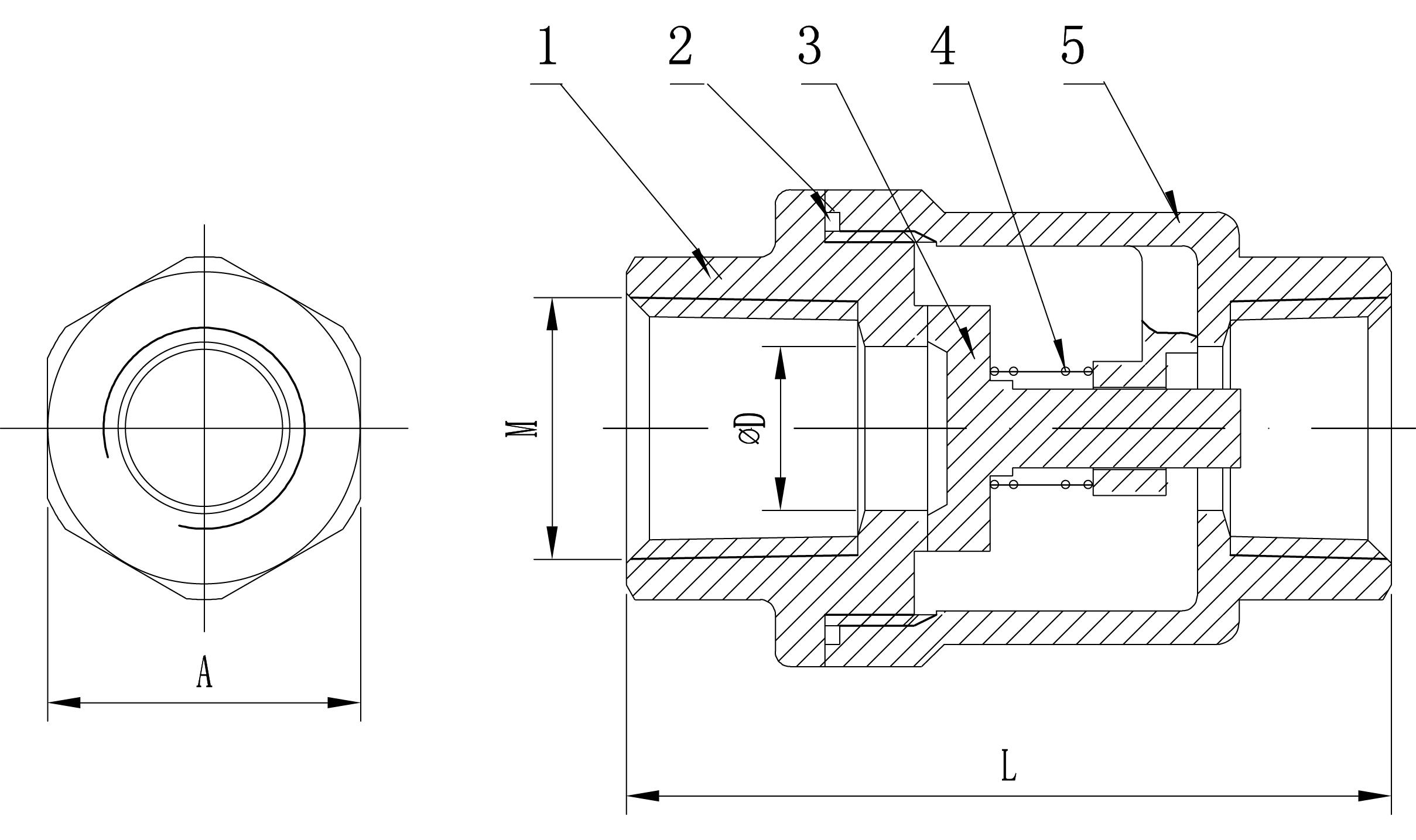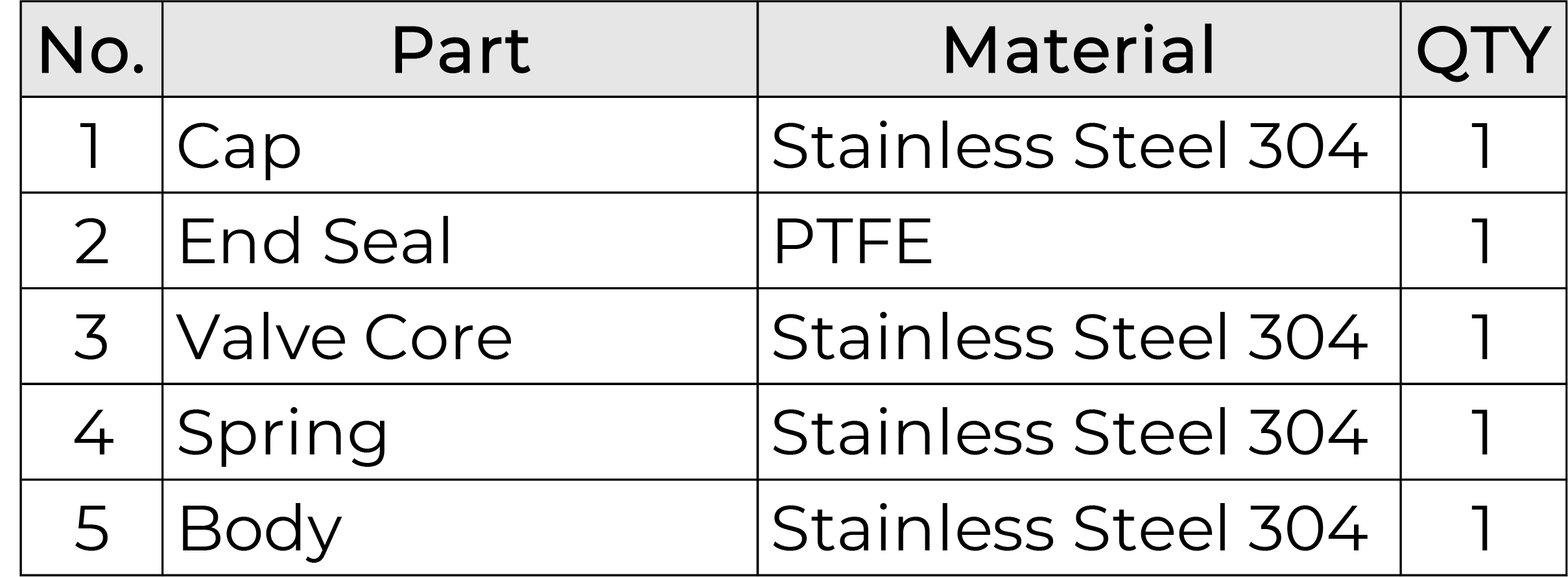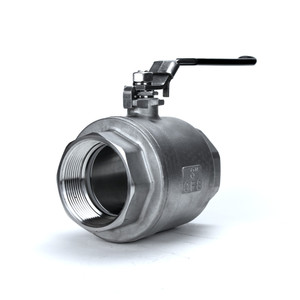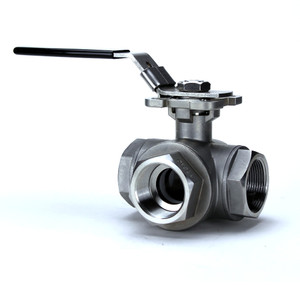
Stainless Steel Vertical Check Valve - 1/4” up to 3” NPT
Technical Details
Product Overview
The CV-2V-S Series is our line of Stainless-Steel Vertical Check Valves. Check valves, also referred to as non-return valves, are used to allow flow in one direction and prevent the flow in the opposite direction. There are many benefits to using check valves, they provide pressure relief for system safety, prevent contamination from reverse flow and prevent equipment upstream from backflow damage.
Prevent Backflow
It is strongly recommended to use a check valve in all uni-directional applications to prevent backflow and protect equipment from backflow damage. We recommend using these in conjunction with our solenoid valves. Solenoid valves are uni-directional in nature and do not function properly with any backflow or back pressure. Installing a check valve downstream from our solenoid valves will ensure your application will continue to run as intended.
Spring Loaded
Our Vertical Check Valves are made up of a stainless steel body, core, and end cap, a PTFE end seal, and most importantly, a corrosion resistant stainless-steel spring. These spring-loaded check valves are powered by flow and differential pressure with assistance from spring pressure. Once the pressure differential between upstream and downstream decreases past the pressure of the spring, the valve will snap shut, preventing any of the downstream media from passing through.
Added benefits to this type of check valve are that orientation does not matter, and they eliminate any water hammering effects. This can even be mounted vertically; the spring will keep the valve shut in any position until the flow from upstream is enough to break the cracking pressure of the spring. This is an extremely useful attribute for applications that are either already plumbed in or have challenging space restrictions that require the check valve to be mounted in a particular orientation. Water hammer occurs when fluid stops suddenly creating a pressure wave. With other check valves the pressure wave will cause them to slam; however with our vertical check valves, sometimes referred to as silent check valves, the spring causes them to close before power reversal, reducing or eliminating any hydraulic shock.

















